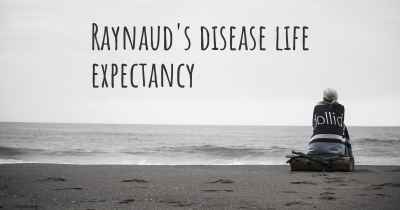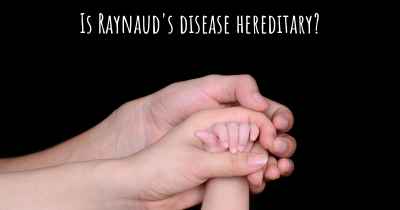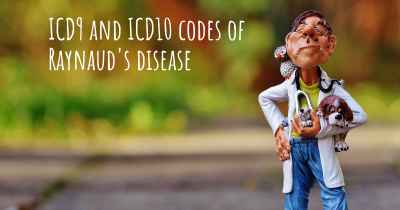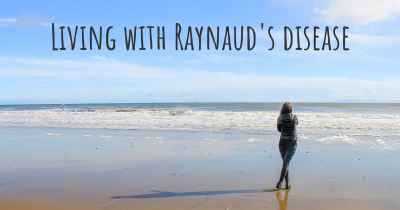How is Raynaud's disease diagnosed?
See how Raynaud's disease is diagnosed. Which specialists are essential to meet, what tests are needed and other useful information for the diagnosis of Raynaud's disease
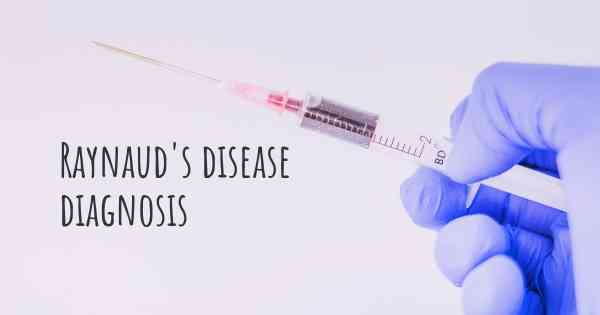
Diagnosis of Raynaud's Disease
Raynaud's disease is a condition that affects the blood vessels, causing them to narrow and restrict blood flow to certain areas of the body, typically the fingers and toes. It is important to diagnose Raynaud's disease early to prevent complications and manage symptoms effectively. Diagnosis of Raynaud's disease involves a combination of medical history, physical examination, and specialized tests.
Medical History
During the initial consultation, your healthcare provider will ask you about your symptoms and medical history. They will inquire about the frequency, duration, and triggers of your episodes of cold fingers or toes. It is crucial to provide detailed information about any other medical conditions you may have, as well as any medications you are taking, as these can contribute to the development of Raynaud's disease.
Physical Examination
During the physical examination, your healthcare provider will closely examine your fingers and toes for any signs of color changes, swelling, or ulcers. They will also check for the presence of any other associated symptoms, such as joint pain or skin abnormalities. The physical examination helps to rule out other potential causes of your symptoms and provides important clues for diagnosing Raynaud's disease.
Specialized Tests
To confirm the diagnosis of Raynaud's disease and differentiate it from other conditions, your healthcare provider may recommend specialized tests. These tests are primarily aimed at assessing the blood flow and determining the severity of the condition. The most commonly used tests include:
- Allen's Test: This test evaluates the blood flow to your hands. It involves compressing the arteries in your wrist and then releasing the pressure to observe how quickly the blood returns to your hand.
- Nailfold Capillaroscopy: This non-invasive test examines the tiny blood vessels at the base of your fingernails under a microscope. It helps identify any abnormalities in the blood vessels that are characteristic of Raynaud's disease.
- Doppler Ultrasound: This test uses sound waves to create images of the blood vessels and measure the blood flow. It helps assess the blood flow in your fingers and toes, and can also rule out any underlying vascular conditions.
- Blood Tests: Although there is no specific blood test for Raynaud's disease, certain blood tests may be performed to rule out other conditions that can cause similar symptoms, such as autoimmune disorders or thyroid problems.
It is important to note that there are two types of Raynaud's disease: primary and secondary. Primary Raynaud's disease occurs on its own, while secondary Raynaud's disease is associated with an underlying medical condition. The diagnostic process may vary slightly depending on the type of Raynaud's disease suspected.
Once a diagnosis of Raynaud's disease is confirmed, your healthcare provider will work with you to develop an individualized treatment plan to manage your symptoms and prevent complications. This may include lifestyle modifications, such as avoiding triggers and keeping extremities warm, as well as medications to improve blood flow and reduce the frequency and severity of episodes.
